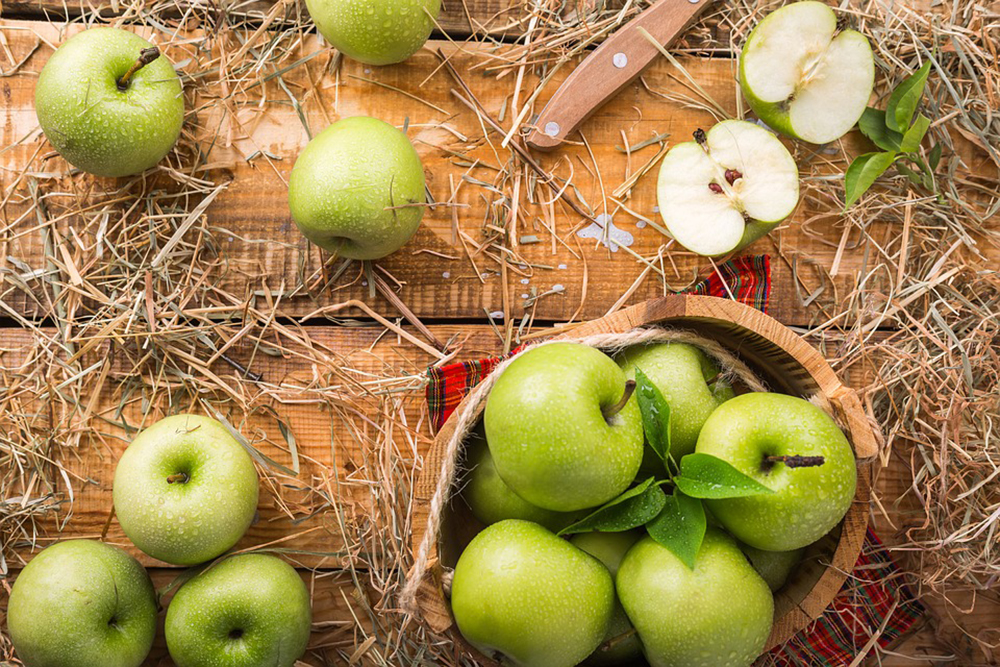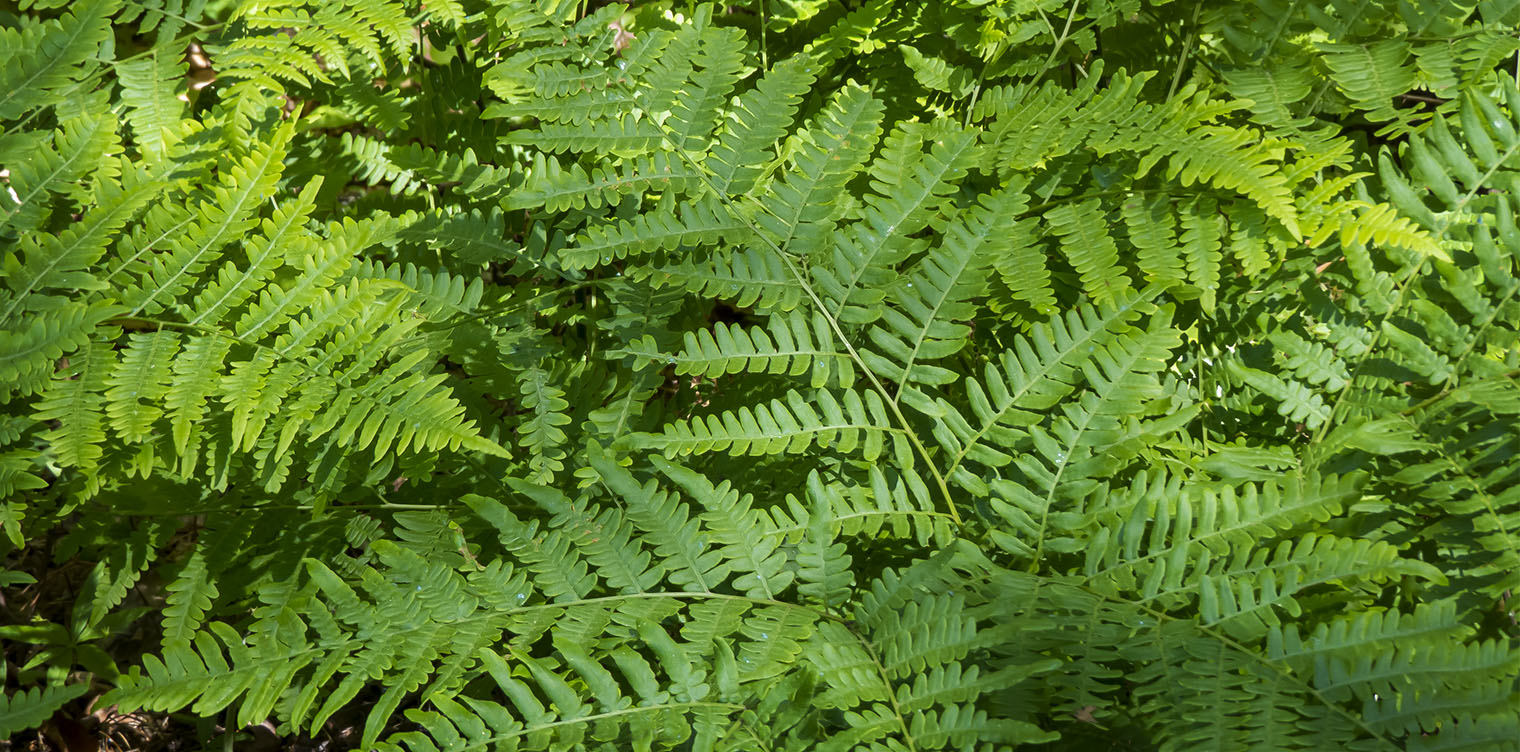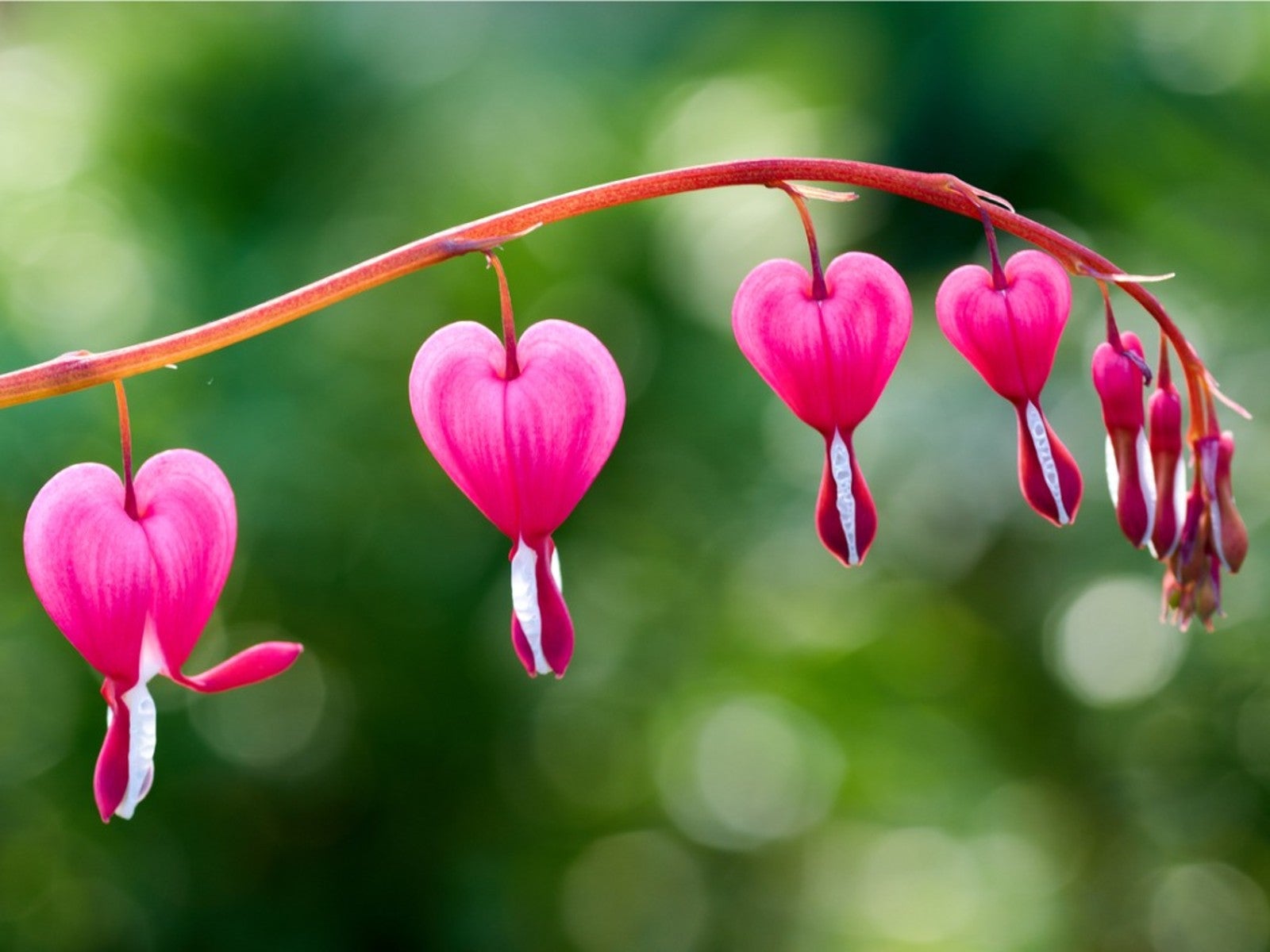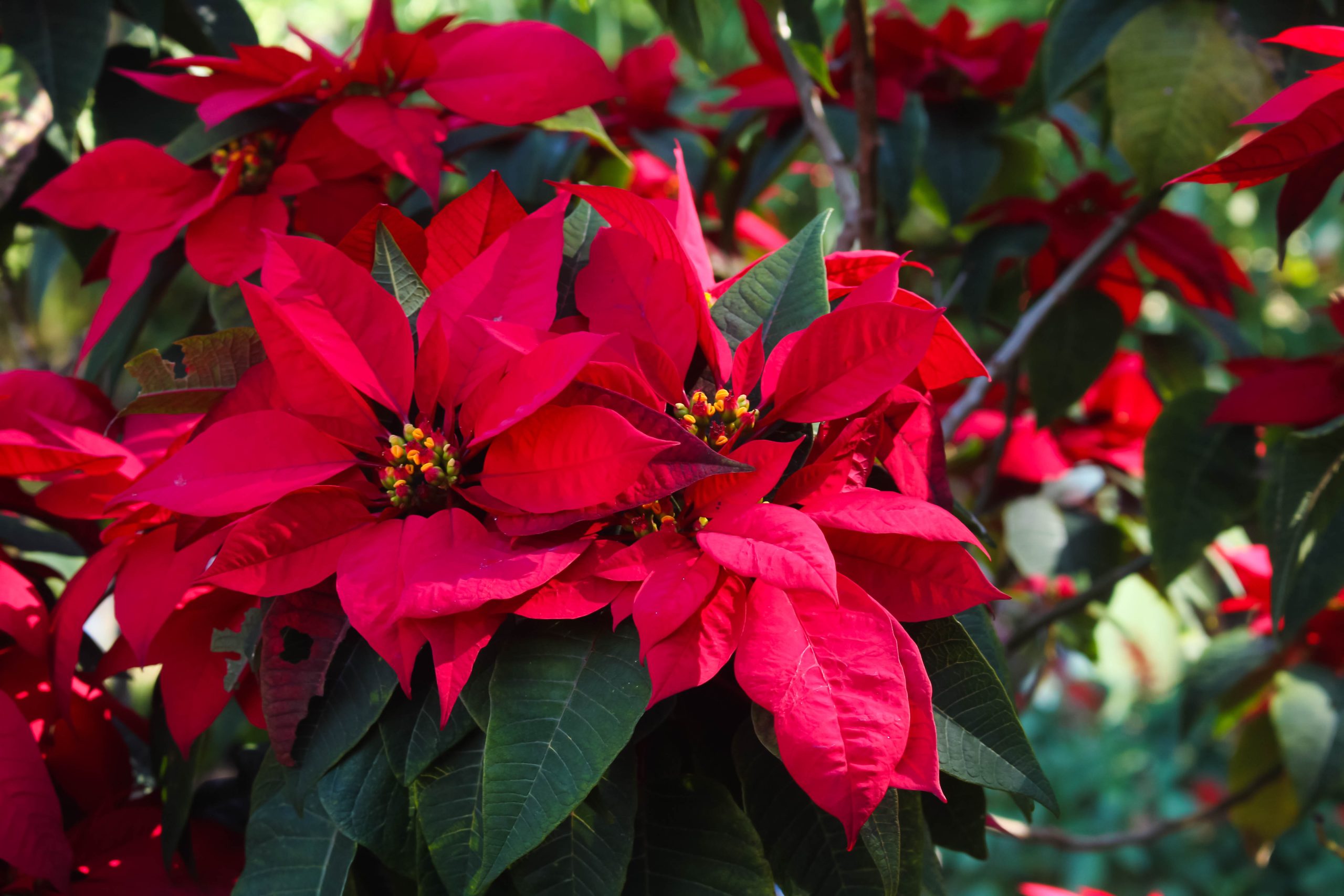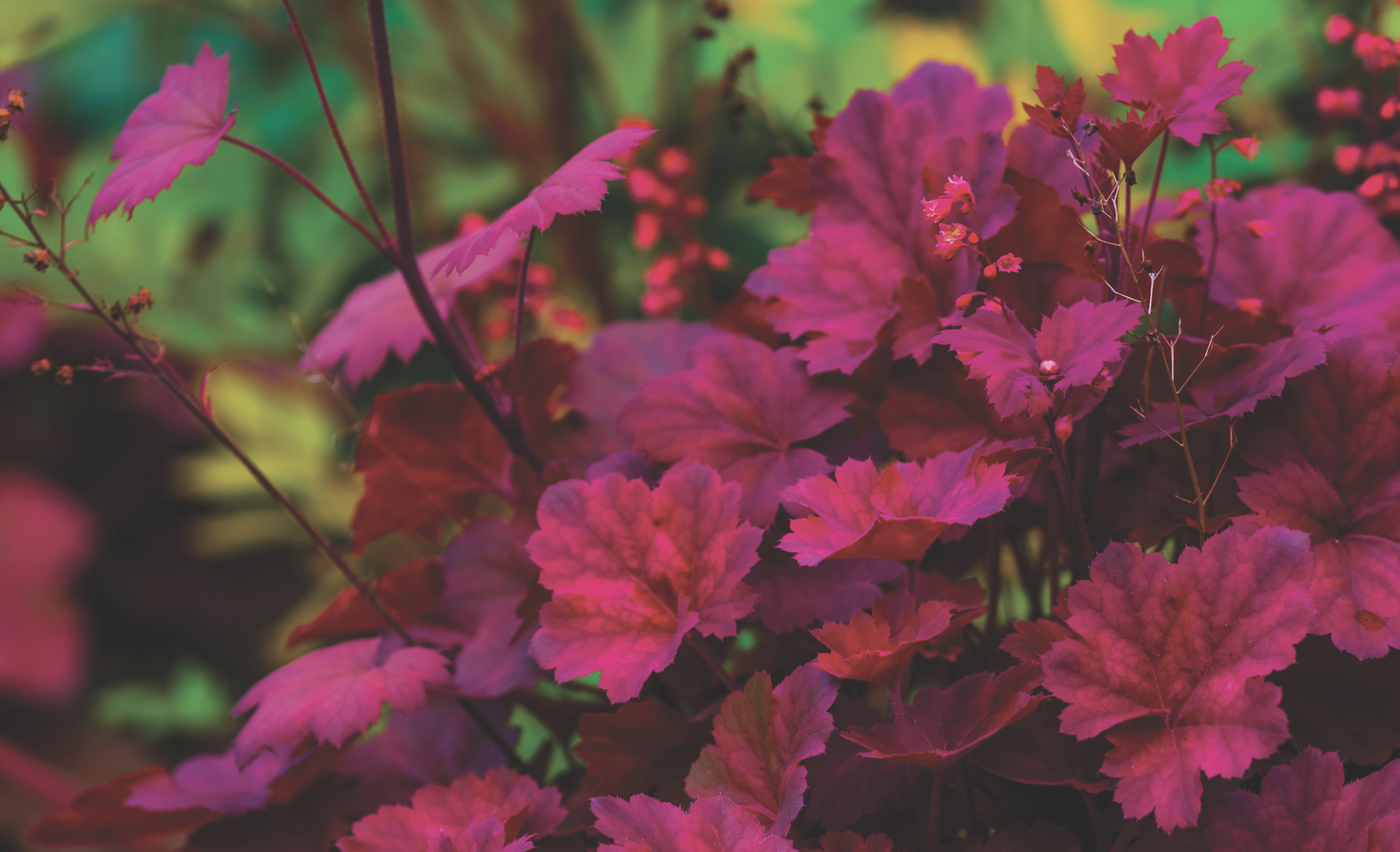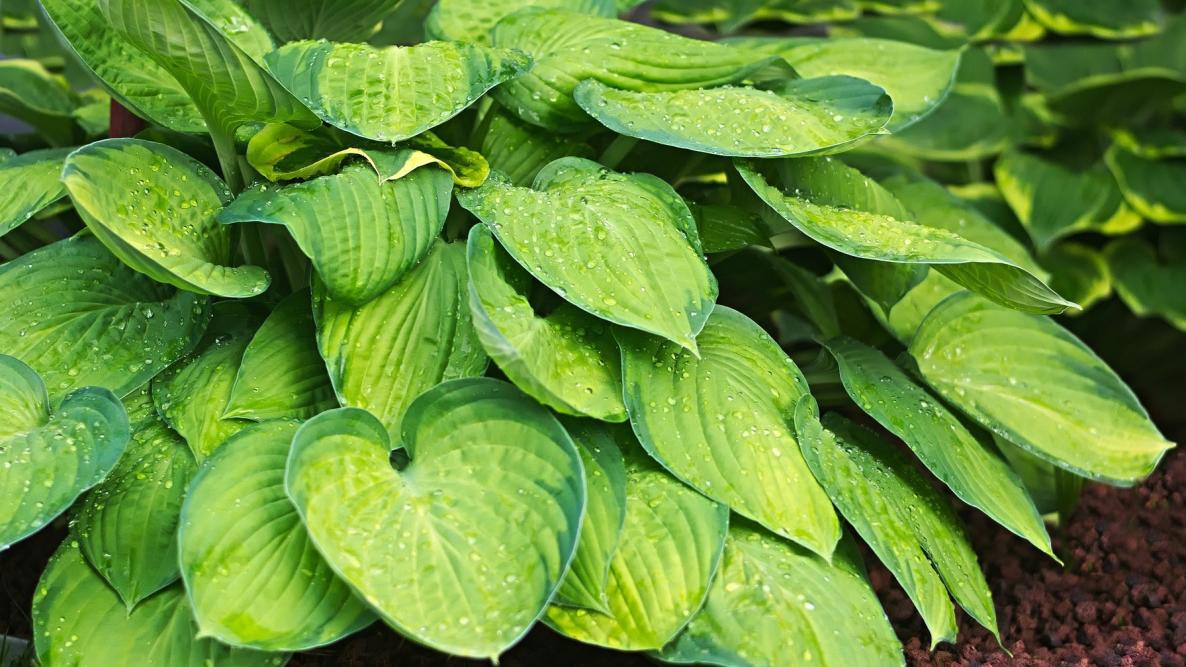Petals appear before leaves so that they are a flowing cloud of perfume in pink and white. These flowers can last from three to five weeks. I guess anybody who read the story of Johnny Appleseed dreams of having fresh, crisp apples available from your yard or garden. John Chapman (aka Johnny Appleseed) traveled widely, particularly in Pennsylvania and Ohio, pursuing his profession. While the legend of Johnny Appleseed suggests that his planting was random, there was actually a firm economic basis for Chapman’s behavior. He established nurseries and returned, after several years, to sell off the orchard and the surrounding land. The trees that Chapman planted had multiple purposes, although they did not yield edible fruit. The small, tart apples his orchards produced were useful primarily to make hard cider and applejack, but orchards also served the critical legal purpose of establishing land claims along the frontier. As a consequence, Chapman owned around 1,200 acres of valuable land at the time of his death.
If you have room for an apple tree start your search now. Look for disease-resistant trees that give you the ability to grow organic fruit and use fewer chemicals. Then you need to choose a rootstock. All apple trees sold have two parts: a “rootstock,” or foundation, and a “scion,” or top portion, which determines the fruit variety. A rootstock can be a seeding (which produces a full-size tree) or it can be “dwarfing” or “size-controlling” (which produces a smaller tree for easier care and harvest). If you are short of room, you can chose a dwarf tree; make sure that the rootstock is specified. Buy dormant, bare-root, 1-year-old nursery trees with a good root system. Dwarfs and semi-dwarfs will bear in 3 to 4 years, yielding 1 to 2 bushels per year. Standard-size trees will bear in 5 to 8 years, yielding 4 to 5 bushels of apples per year. Most apple varieties do not pollinate themselves, so you should plant at least two different varieties close to one another so that the bees can cross pollinate.
For best pollination results, include a Grimes Golden, Golden Delicious, or Red Delicious, in your planting. These varieties are cross-pollinators in our area. Sadly, not every apple grows everywhere. Each variety has a specific number of days needed for fruit maturity. If the tree is termed long-season (Zones 5 to 8, that’s us), apple quality will be best. Each variety has a number of chill hours needed to set fruit (i.e., the amount of time temperatures are between 32 and 45 degrees F). The farther north you go, the more chill hours an apple variety needs to avoid late spring freeze problems.
Apple trees need well-drained soil, not too wet. Choose a sunny site. For best fruiting, an apple tree needs “full sunlight,” which means six or more hours of direct summer sun daily. The best exposure for apples is a north- or east-facing slope. Tree spacing is influenced by the rootstock, soil fertility and pruning. Make sure the tree will not be planted in a “frost pocket” where cold air settles in a low-lying area.
After you purchase the tree, protect it from injury, drying out, freezing or overheating. If the roots have dried out, soak them in water about 24 hours before planting. Dig a hole approximately twice the diameter of the root system and 2 feet deep. Spread the tree roots on the loose soil, making sure they are not twisted or crowded. Continue to replace soil around the roots. Do not add fertilizer at planting time, as the roots can be “burned.” The graft union (where the scion is attached to the rootstock) must be at least 2 inches above the soil line so that roots do not emerge from the scion. Do not order your tree based simply on price. If the deal sounds too good to be true, it probably is, and a 5-foot tree for $1.59 could mean that roots are extra. When given a choice, I always order from a local nursery. Plants that are grown in our area have a better chance of surviving.
While going through a mail order catalogue last winter, I was amazed reading about six different apples growing from one tree (I guess this tree should not be pruned since it will be a mass of grafts). The company didn’t show a real picture but an artist rendition. That was a big red flag. I finally decided not to order an artistic rendition of an apple tree the thought of six different apples from the same tree does sound wonderful, but this year, I will stick with real trees.


